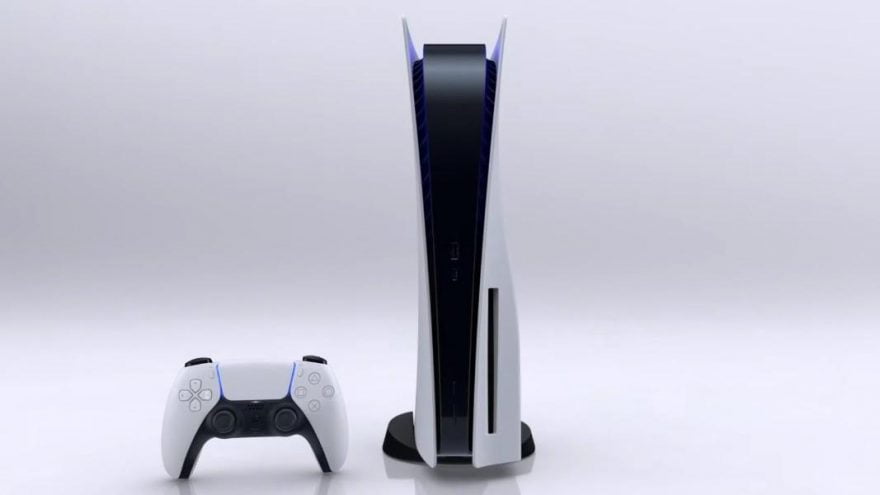The leak of a series of messages from Rosario Leonardi, chief graphics engineer at Sony Interactive Entertainment Europe, has sparked huge controversy, confirming that the PS5 GPU does not use the RDNA 2 architecture, but is equipped with an intermediate solution, that is, something like RDNA 1.5.
- PS5 game prices may be higher according to PlayStation CEO
- Which one has a better gamepad: PS5 and Xbox Series X controller comparison
- Former Xbox exec: No way PlayStation 5 is over $499
The first thing that strikes is the way in which everything has been filtered, since as you can see in the attached image there is no doubt about the veracity of this information, and the second is the way in which the engineer tried to fix the mess, saying that “its base is RDNA 2, it has some additional features and, for me, it lacks a function.”
Let’s look at what PS5 uses an architecture halfway between RDNA and RDNA 2 means.
PS5 may lack variable rate shader
Not only PS5 may lack variable rate shader, it might also lack other important functions of the new generation. A PS5 limited to primitive shaders, and without other important features at the optimization level that will be present in the RDNA 2 architecture, could suffer important limitations and give a real performance lower than what one would expect seeing its specifications due to the lack of these optimization techniques who are called to shape the future of video games in the short term.
The variable rate shader allows you to distribute the workload of the shaders in an intelligent way, reducing its intensity in those areas of the image that have the least impact on the player’s vision area, and maintaining it in those that have a greater impact. It is a technique that has not yet been properly exploited, but that even so has shown that it can increase performance by between 5% and 15%.
As for the ray tracing support there is nothing to fear, it is clear that PS5 will be compatible with such technology and that it will be hardware accelerated in one way or another, but we are curious to see how far it will be able to go. And if the fact that the GPU is based on the RDNA 1.5 architecture may end up implying some limitation in this regard.
We must not forget that, in addition, a console like PS5 has been created to meet a minimum life cycle of 7-8 years. Therefore, using a graphical architecture that has limitations of this type is a major fault. It may not be noticeable now, but in three or four years, when we have stalled again in developments adjusted to the limitations of the new generation consoles, all those features that would have been present had used the RDNA architecture 2.
Sony has not done well with PS5
Sony didn’t expect Microsoft to do things so well with the Xbox Series X hardware, which was resting on its laurels for the huge success it has had with PS4, and when it tried to react it realized that it no longer had any alternative. real. At this point you cannot change the APU of your console, but you can force the frequencies to look good on stage. This explains why Sony spoke at all times of dynamic frequencies of up to 3.5GHz on the CPU and up to 2.23GHz on the GPU.
On the other hand, the fact that they have decided to use a hybrid architecture between RDNA and RDNA 2 is worrisome, not only because of the issue of advanced technology support that we referred to, but also because of the gross performance it would be able to offer.
On paper we have 10.28TFLOPs, but this really does not tell us anything about its performance in games, since an RX Vega 64 easily reaches 10.2TFLOPs and yields, however, less than an RTX 2060. You know that TFLOPs are not everything.
It also shows why Sony has focused on the wonders of the new console’s SSD. Well, an SSD is not going to work miracles by itself, and of course it is not going to make up the big difference that PS5 presents compared to Xbox Series X at the hardware level.
Sony, and specifically Mark Cerny, have missed the shot with the PS5 hardware, and we are already beginning to see the first confirmations of this reality: Spider-Man Miles Morales, one of the most important exclusives of said console, will have a mode of « performance »with 4K resolution (we do not know if native) and 60fps, which means that to move it in “quality” mode we will have to accept 30fps.
Wasn’t this going to be the generation of the 8K and the 120fps?





